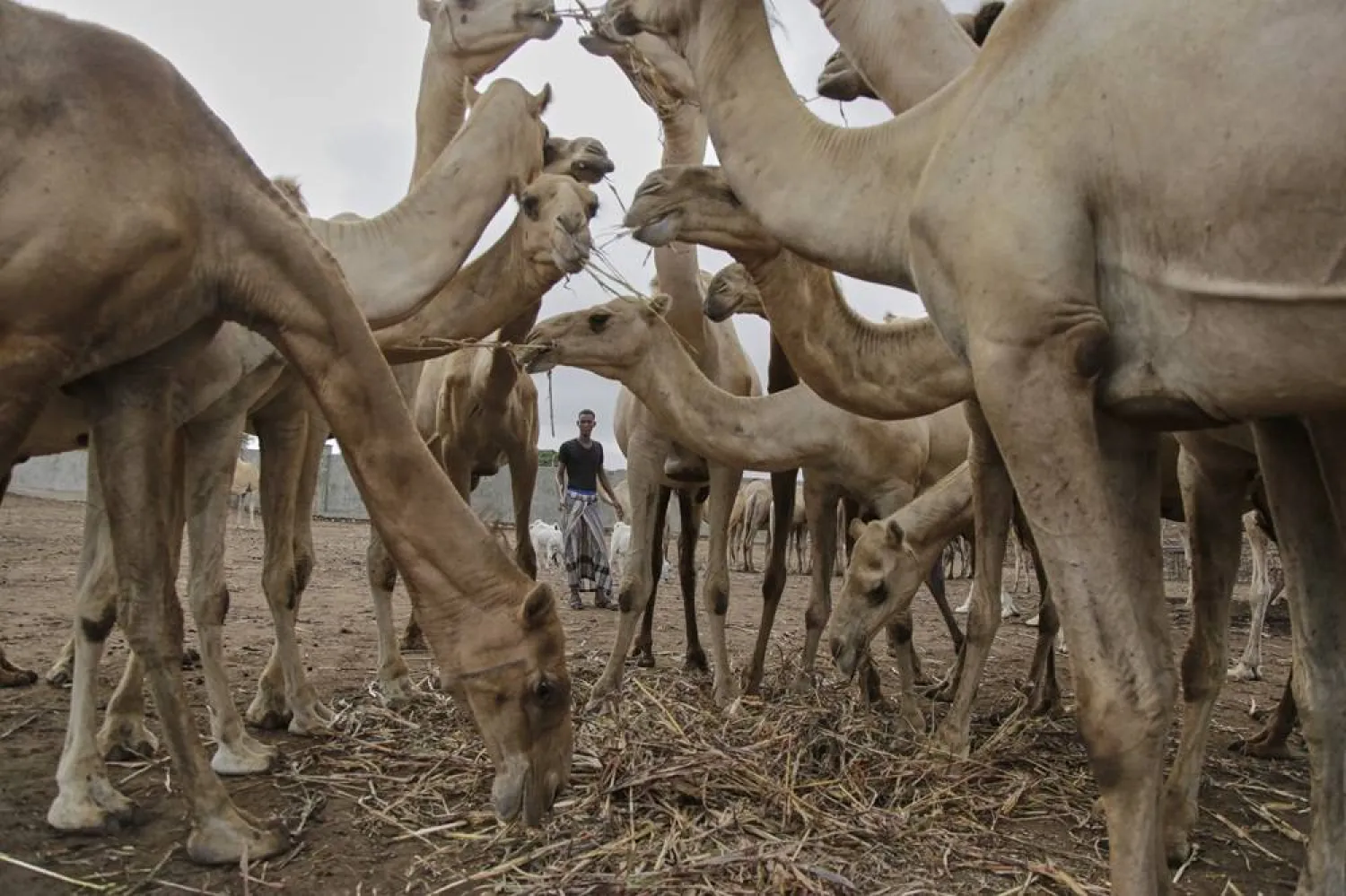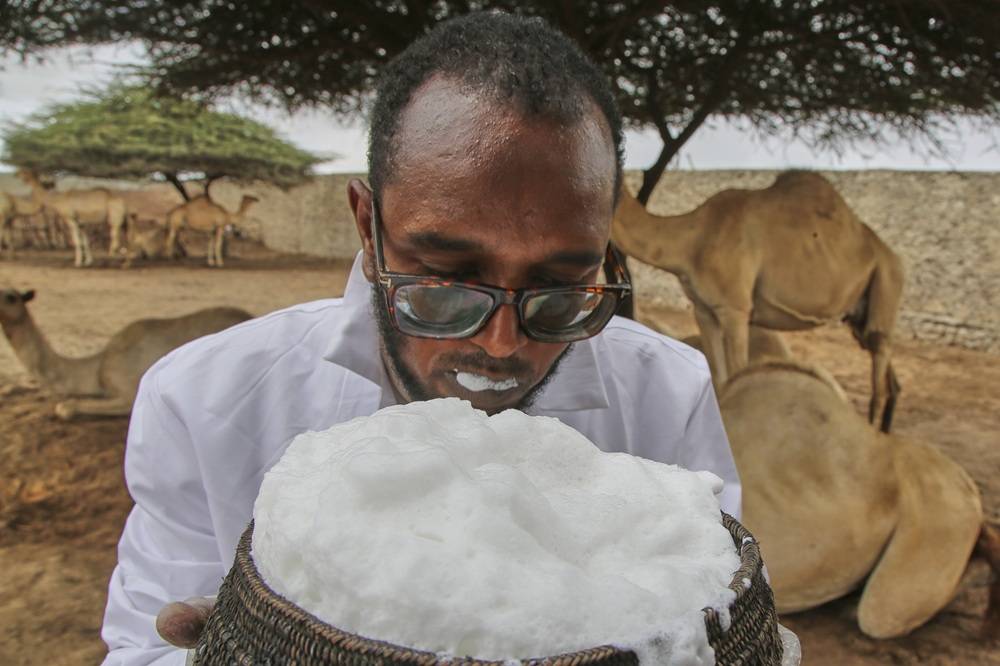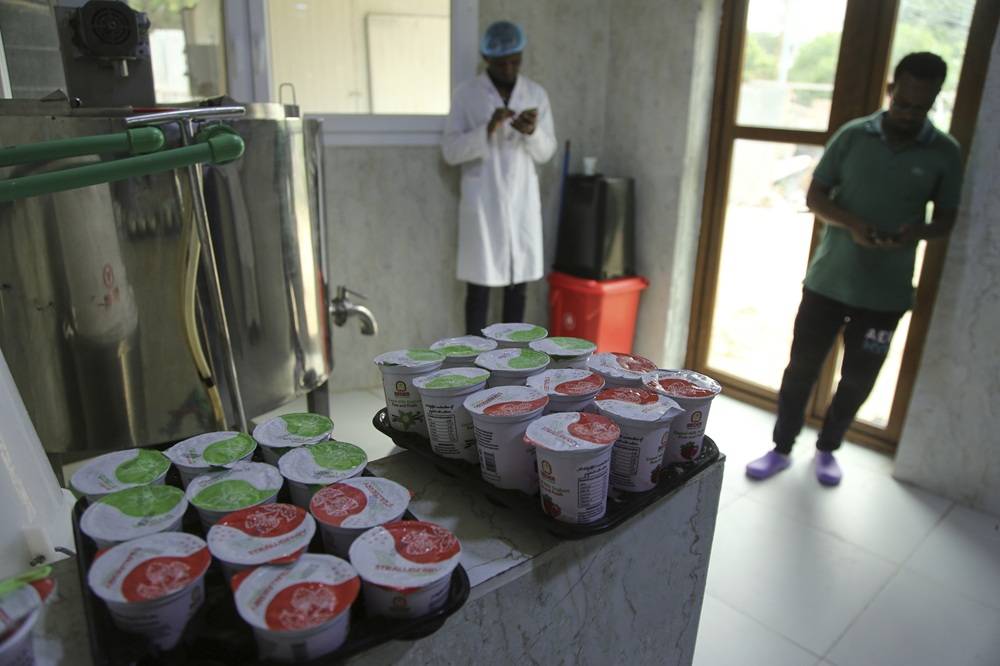About seven months ago, a group of 25 Syrian youths, including minors, set off from Libya on an irregular migration journey toward Europe. Only four made it back alive. The rest drowned in the Mediterranean.
The tragedy, which left a deep mark on Syrian communities both in Libya and abroad, has drawn renewed attention to the large and diverse Syrian population now living in the North African country, some fleeing the war in Syria under former President Bashar al-Assad, others settled there long before.
Syria’s presence in Libya is far from monolithic. It spans businessmen, migrant laborers, families who settled during the rule of Muammar Gaddafi, and former fighters now working as mercenaries. Many also see Libya as a temporary stop on the perilous path to Europe.
For most, Libya is not the destination but a gateway. The recent drowning of 21 Syrians in the Mediterranean was not an isolated tragedy, but part of a pattern of loss that has haunted the community for years.
Reports from local and international migration watchdogs have documented repeated drownings and arrests of Syrians at sea, with many captured by Libya’s coastguard and detained in overcrowded jails.
Despite the risks, many Syrians have managed to adapt to life in Libya, integrating into local communities and participating in its economy.
Yet numerous challenges persist, particularly for undocumented workers and those living without valid residency papers. Many report facing discrimination, abuse, and difficult working conditions.
As thousands of Syrian refugees across the Middle East prepare to return home amid improving conditions and relaxed restrictions, Syrians in Libya remain stuck, unable to stay, and unable to leave.
“We’re caught in the middle,” said one Syrian resident in Tripoli. “We can’t endure much longer, but we also can’t afford to go back.”
Many Syrians in Libya say they are increasingly vulnerable to exploitation, including passport confiscation and harassment by armed groups and criminal gangs operating with impunity.
Several Syrian residents told Asharq Al-Awsat they are facing rising unemployment, frequent kidnappings, and demands for ransom by militias. For those who now wish to return to Syria, doing so has become financially prohibitive due to hefty fines for visa violations.
Steep Penalties for Overstaying
Under a revised Libyan immigration law enacted on March 14, 2024, foreigners who overstay their visas or residency permits are charged 500 Libyan dinars - around $90 - per month. The regulation adds a significant burden for many Syrians whose legal documents have expired and who lack the resources to renew them or pay the fines required to exit the country legally.
Due to the political division in Libya since 2014, no official statistics exist on the number of foreign residents. However, the UN refugee agency (UNHCR) reported in 2020 that approximately 14,500 Syrian refugees and asylum seekers were living in Libya.
Ten years after arriving in Libya, Ahmed Kamal Al-Fakhouri says he is now trapped, unable to afford life in the country or the high costs of leaving it.
“They’ve imposed fines on us that are beyond reason - nearly $1,500 per person,” said Fakhouri, a restaurant worker in Tripoli, echoing a growing outcry among Syrians in Libya burdened by mounting penalties and legal uncertainties. “Sometimes, I can’t even afford a day’s meal.”
Fakhouri fled Derna after the deadly floods of August 2023 and resettled in Tripoli.
“I saw death with my own eyes,” he told Asharq Al-Awsat, describing the trauma of losing his home. “Now we’re living in misery. We want the world to hear our voice - we want to go back to our country.”
Libya hosts thousands of Syrians, including doctors, engineers, university students, and day laborers who fill the country’s markets in search of work to support their families.
Yet many say they now find themselves stuck, facing visa penalties they can’t afford and no clear path home - even as the fall of Assad’s regime renews hopes for return.
“Exit Tax” Burdens Families
While Libya’s labor ministries have issued no formal statement on the matter, members of the Syrian community say they are being charged an "exit tax" calculated based on their overstay period. No official decree has been published, but testimonies suggest the fees are acting as a de facto barrier to departure.
Following Assad’s ouster, many Syrians are reconsidering return, describing exile as a “prison,” but are deterred by the financial burden of settling overstays.
Asharq Al-Awsat reached out to both of Libya’s rival labor ministries to clarify policies affecting Syrians and the reported fines for expired documents, but received no response.
Zekeriya Saadi, another Syrian living in Tripoli, has publicly called on authorities in both eastern and western Libya to cancel the exit tax and allow those wishing to return to Syria to do so.
“In these unbearable conditions, it’s unreasonable to ask refugees to pay such high fees just to leave the country,” he said. “This tax is a major obstacle, it exceeds our capacity, especially given our financial hardships.”
Saadi said most Syrians in Libya are low-income families without stable jobs. “Many are at risk of eviction, kidnapping, or exploitation. Leaving has become a matter of survival,” he said. “How can a displaced person be treated like a tourist or a wealthy expat?”
He urged Syria’s Foreign Ministry to take a clear stance and negotiate with Libyan authorities for fee exemptions and coordinated return efforts, while also working to protect Syrians who remain in the country.
Passport Problems Bar Education
Beyond financial barriers, expired passports are also stranding Syrians in legal limbo. Many have lost access to services, and the issue is now affecting the next generation.
According to Syrian media reports, education officials in Misrata barred at least 100 Syrian children from enrolling in public schools because their parents’ passports had expired, highlighting how bureaucratic obstacles are deepening the crisis for displaced families.









